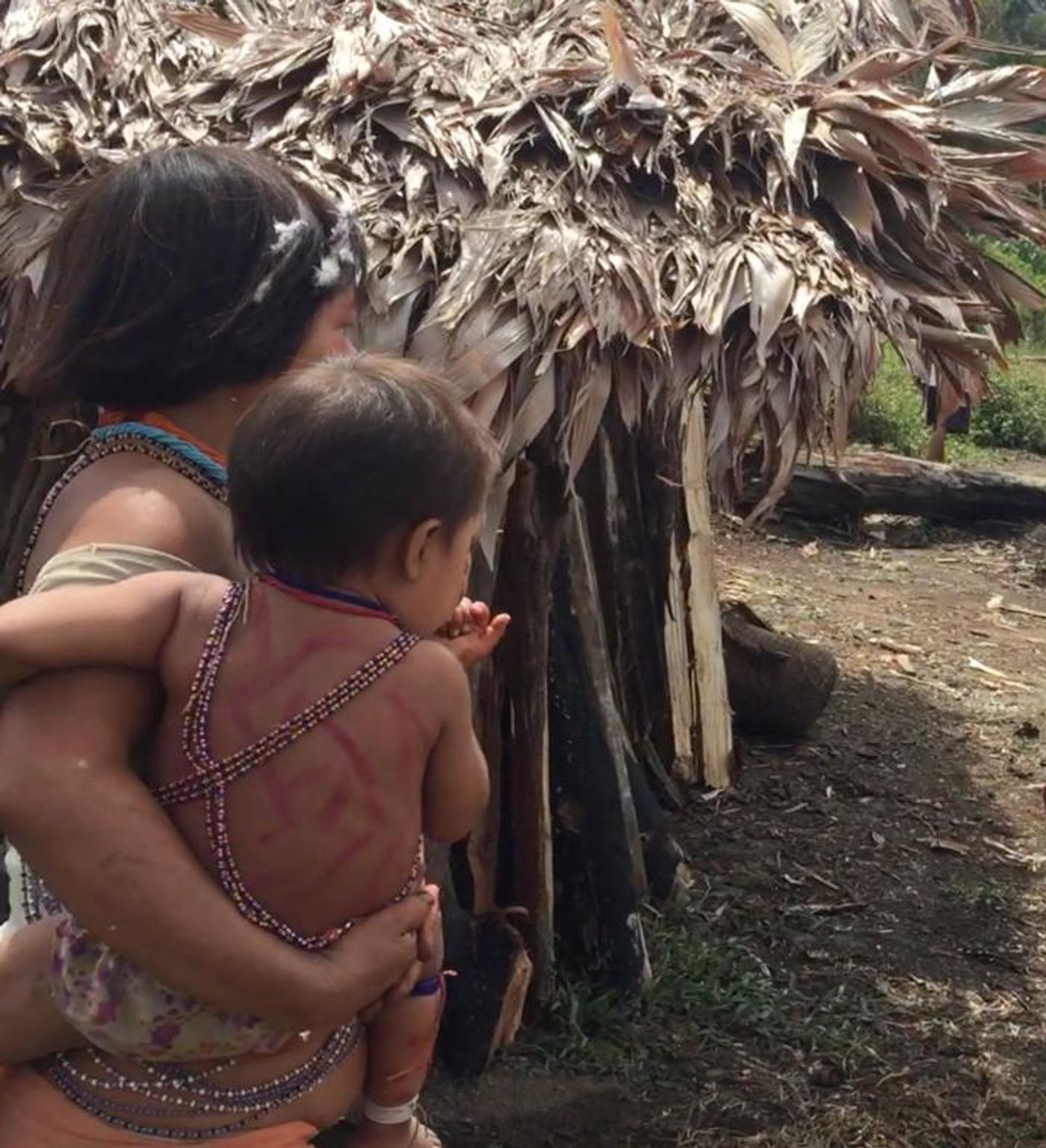Major Diet Changes may Improve Microbiome Health, but Only in Kids
Our entire body plays host to a community of microbes, which has a significant influence on us. Researchers are seeking to learn more about the effect of the microbiome on health, and it’s known that people who live in urban areas have a different gut microbiome compared to those who live in rural settings. Now, an international team studied the effects of immersing individuals who live in the city in a rainforest village over two weeks. The work, reported in mSphere, an open-access journal of the American Society for Microbiology, found that adults didn’t experience many changes in their skin, oral, nasal or gut microbiota. Children, however, did experience an increase in the diversity of their gut microbiome.
"We wanted to look at the question of whether microbiota change during a drastic, radical change of diet and lifestyle," said Maria Gloria Dominguez-Bello, a microbial ecologist at Rutgers University who led the study with microbiologist Monica Contreras from the Venezuelan Institute of Scientific Research. "In this village, there was no market economy, no bodega, no Coca-Cola, so this represented a radical shift in diet from a high percentage of processed foods in urban places to zero processed foods and an all-natural diet."
Dominguez-Bello and researchers from New York University and two Venezuelan institutes accompanied a planned visit to an indigenous Yekwana village in Bolivar Staten by five adults and two of their kids who all live in the city. The family stayed among villagers who have a hunter-gatherer-gardener diet and lifestyle.
The traditional village diet includes a potato-like tuber called cassava, corn, wild fruits like plantains, berries and pineapples, eggs from wild birds, fish, and a little game meat. The visitors had a meal of soup with a bit of fish or meat daily, and all the cassava and fruit they wanted to snack on throughout every day. The visitors rose and slept as the locals did, and bathed in their river without soap.
"The diet contains very little animal protein, and it's very, very high in fiber and very low in fat," unlike Western diets, noted Dominguez-Bello. (She is featured discussing her research in the following video).
It was not known if people that lived in urban areas could change the diversity in their microbiome by living in rural areas and adopting more traditional habits and diet. Increased diversity in the microbiome has been connected to better health.
People with a more traditional diet eat a higher amount of unprocessed plants, which have retained a higher degree of chemical complexity than processed foods. All of those chemicals are a tasty cornucopia for a wide array of microbes. Fewer antibiotic drugs are used by traditional societies as well, which may also be contributing to a diverse, healthy microbiome in those people.
Researchers matched the study participants (visitors) and the control group (the villagers) and took samples for sixteen days from the skin, mouth, nose, and feces (for assessing the gut microbiome). After comparing the matched samples, it was found that there were no significant shifts in the adults’ microbiomes; however, diversity increased in the two children’s (age four and seven) gut microbiomes. The study has a statistically insignificant number of samples, unfortunately, but the result is intriguing. It had been thought that a kid’s microbiome was more or less established by age three.
"This indicates that the window for maturing your microbiome may not be three years of age, but longer," explained Dominguez-Bello. She and her team plan a larger study that will immerse kids in a village for a similar study that will follow up on these results. That work may help show whether a more traditional diet would benefit city kids. Adults, however, may not be able to use that strategy for changing their own microbiome.
These results weren’t a big surprise to Dominguez-Bello. "If you take traditional people and bring them to New York, give them antibiotics and McDonald's to eat every day, it's not surprising that they lose diversity," she said. "But if, as an urban dweller, you've already lost that gut microbe diversity and you move to a high-diversity diet, maybe you cannot 'bloom' diversity because you simply don't have those microbes present anymore."
Sources: AAAS/Eurekalert! via American Society for Microbiology, Rutgers University, BMJ, mSphere









